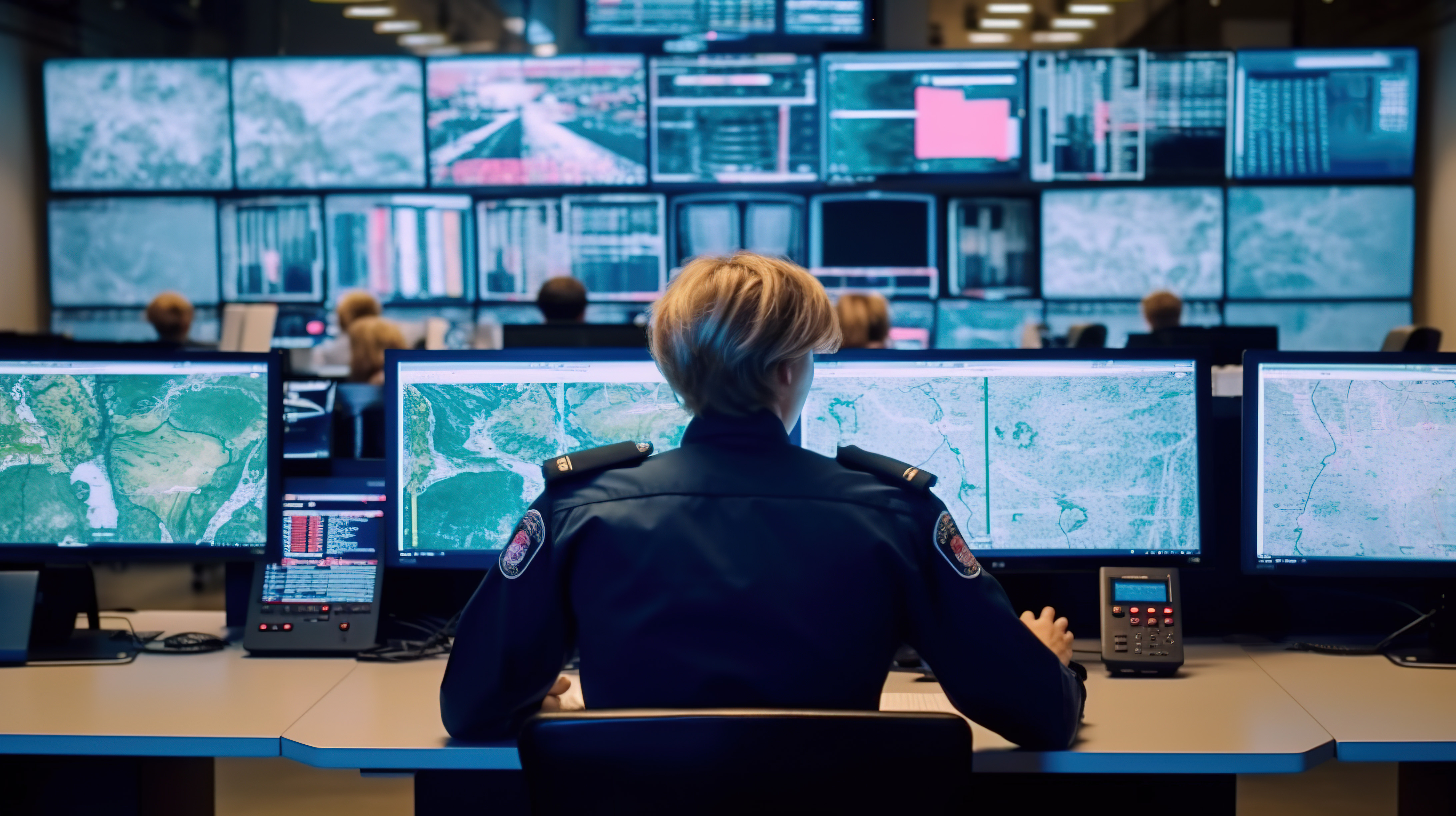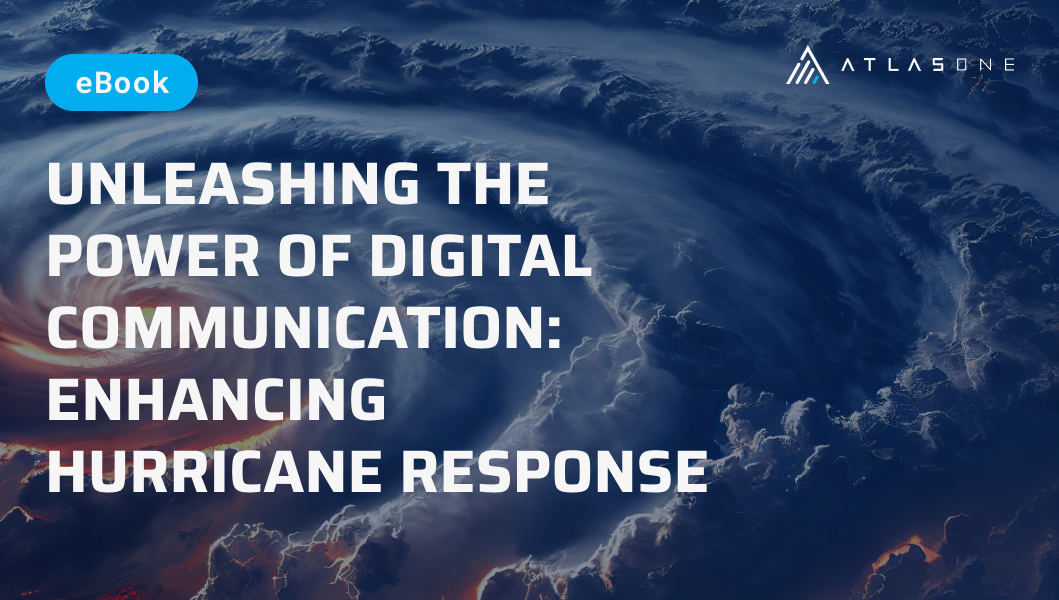When disaster strikes, our reliance on efficient emergency response becomes paramount. However, major emergencies often push 911 systems to their limits, resulting in delays, dropped calls, and system failures. Overloaded dispatch centers and software glitches add to the pain, leaving individuals in distress with limited means of communication.
Overloaded Dispatch Centers: The Struggle to Handle the Surge
One of the critical challenges during major emergencies is the overwhelming influx of 911 calls. Dispatch centers become flooded with callers seeking urgent assistance, leading to extended wait times and difficulty in prioritizing critical cases. The dire need for immediate help clashes with the limited capacity of the system, leaving responders grappling to meet the overwhelming demand.
Example:
For instance, during the devastating Hurricane Harvey that hit Houston in 2017, the 911 center faced an unprecedented call volume. The deluge of calls surpassed the center's ability to manage, prompting authorities to issue an emergency alert urging residents to conserve 911 for life-threatening situations only. This incident illustrates the pressing need for backup reporting platforms that can shoulder the load during such crises.
Software Failures: Adding to the Distress
In addition to call overload, software failures during emergencies exacerbate the situation. Technical glitches or system downtime leave people unable to seek help through traditional channels. In emergencies, every moment counts, and system failures can lead to life-altering consequences, making the need for robust backup reporting solutions all the more critical.
The Way Forward: Embracing Alternative Reporting Channels
To address these challenges, alternative reporting channels offer a way forward. By empowering residents to submit crowdsourced reports through digital platforms like social media, text messages, websites, or apps, we can alleviate the burden on the 911 system. Diverting non-emergency reports away from the overloaded call centers allows emergency services to focus on life-threatening situations, reducing response times and potentially saving lives.
Conclusion:
The strain on 911 systems during major emergencies is a pressing issue that demands innovative solutions. By understanding the challenges of overloaded dispatch centers and software failures, we can recognize the need for backup reporting platforms that can support our emergency response infrastructure. Embracing alternative reporting channels and crowdsourced reports can bridge the gap and ensure efficient emergency management during times of crisis.
In our next blog post, we will explore the power of crowdsourced reports in optimizing disaster response and how advanced platforms like Atlas One are revolutionizing emergency reporting and response. Together, let's pave the way for a safer and more resilient future. Stay tuned for more insights into shaping the future of emergency management.




